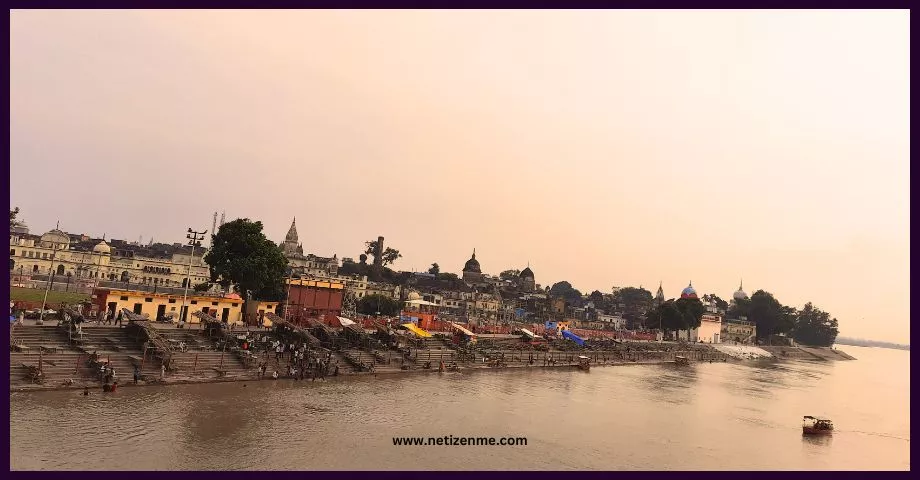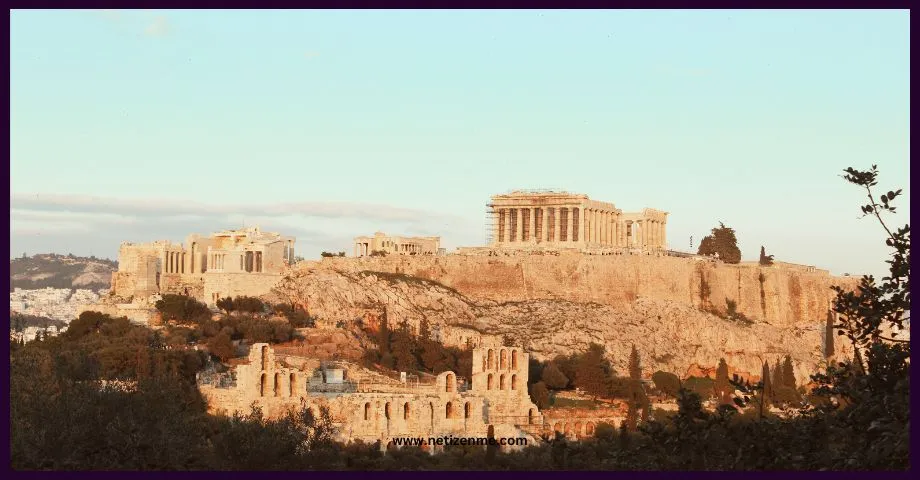In ancient Greece, the concept of “polis” stands as a cornerstone, shaping the socio-political landscape during the Archaic and Classical periods. A polis was more than just a city-state; it embodied a community’s identity, governance, and shared destiny. In this blog post, we will focus on the role of the Polis in archaic and classical era Greece – exploring its definition, and the pivotal question of governance to understand the dynamics that forged the foundations of classical Greek civilization.
What is a polis in the Greek archaic period?
The polis was the central social and political organization unit in the Greek archaic period. The term “polis” refers to a city-state comprising a city and its surrounding countryside, where citizens share a common identity, culture, and political system. The polis was a unique political and social phenomenon that emerged in Greece around the 8th century BCE and flourished until the Hellenistic period. It was critical in shaping Greek civilization and its political institutions, including democracy, oligarchy, and tyranny. In this article, let’s discuss the role of the polis in Archaic and Classical-era Greece.
What was the Role of the Poleis in Archaic and Classical-era Greece
Before the archaic age, the small communities scattered across the land and lived in self-sufficient farms. During the transition to the archaic age, these small communities came together as a more significant community creating the setting for the rise of a Greek polis. A polis means a city-state, a central urban area. The polis’s role was to be the city-state’s governing body. Hansen and Nielsen, the authors of “An Inventory of Archaic and Classical Poleis” identify around 1500 archaic and classical Greek poleis. The largest polis among them was the Polis of Athens, the birthplace of democracy, and Sparta, Corinth, Thebes, and Delphi, some other significant poleis in Archaic and Classical-era Greece.
Even though the role of the polis was to govern the state, the type of government was distinct. Each polis was also economically and politically independent. Each polis had its own culture, economic system, governing system, and different deities they worshiped. However, greek poleis came together for the Olympic games.
Who governed the polis?
Small groups of influential individuals called Oligarchs or tyrants ran the governance of some poleis. In contrast, other poleis allowed citizens to vote on and participate in making state decisions in a democratic governing system. The oligarchy was the most common form of polis government in Greece during the Archaic and Classical periods. Significantly literacy resurfaced during the archaic era, which was lost during the dark ages. They found a new alphabet and started writing in pottery and stones.
The poleis system
As the number of citizens increased, each polis expanded its territories by finding new lands and colonizing them. Some poleis, like Sparta, focused on their military skills and power. They even provided military power for others. Athens, on the other hand, explored their artistic and architectural abilities. Those later influenced most modern Western architectural and artistic endeavors such as drama and theatre.
“At the beginning of the Archaic age, statues imitated the Egyptian, appearing rigid and immobile, but by the end of the period and the beginning of the Classical Age, statues looked human and almost lifelike.” (Gill,2019)
Each polis had its agora, a marketplace but proper trading practices were not generally accepted. However, by the end of the archaic era, coin use started following the issues of the barter system.
The role of the polis was crucial in Greek civilization and influenced the modern world.
In conclusion, the polis was the Greek archaic period’s central social and political organization unit. It was a unique political and social phenomenon that emerged in Greece and was critical in shaping Greek civilization. The polis was characterized by its small size, relative autonomy, and independent political institutions. It was a community of free citizens involved in politics, military affairs, and religious ceremonies. It also played a crucial role in trade and commerce. The polis was a cornerstone of Greek society; its legacy is still evident today.
- The Intersection of Human Rights and Immigration Policies

- Influence of International Institutions on Human Rights Compliance

- The Role of International Human Rights Law in Immigration Policies

This article is written by:
Our professional writers and editors are passionate about sharing high-quality information and insights with our audience. We conduct diligent research, maintain fact-checking protocols, and prioritize accuracy and integrity to the best of our capacity.
You can cite our articles under the author name "Netizenme"





